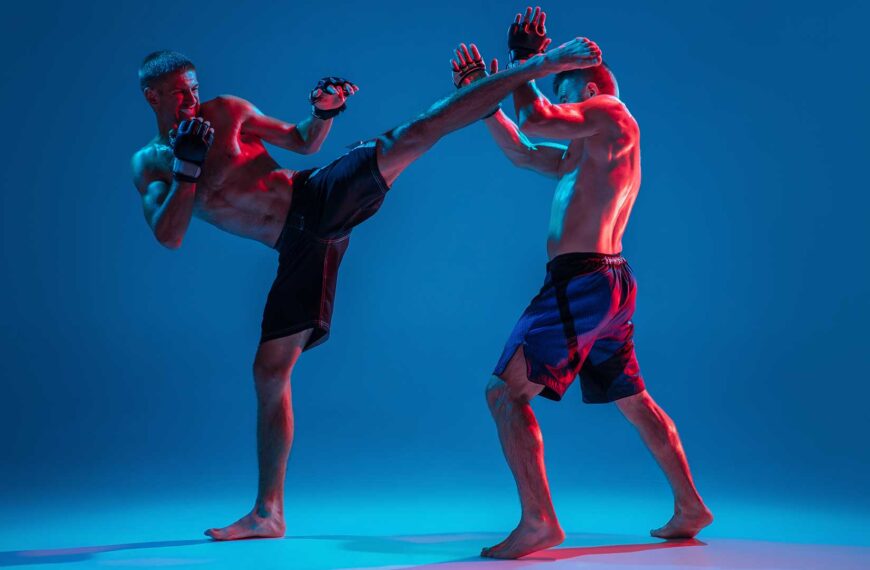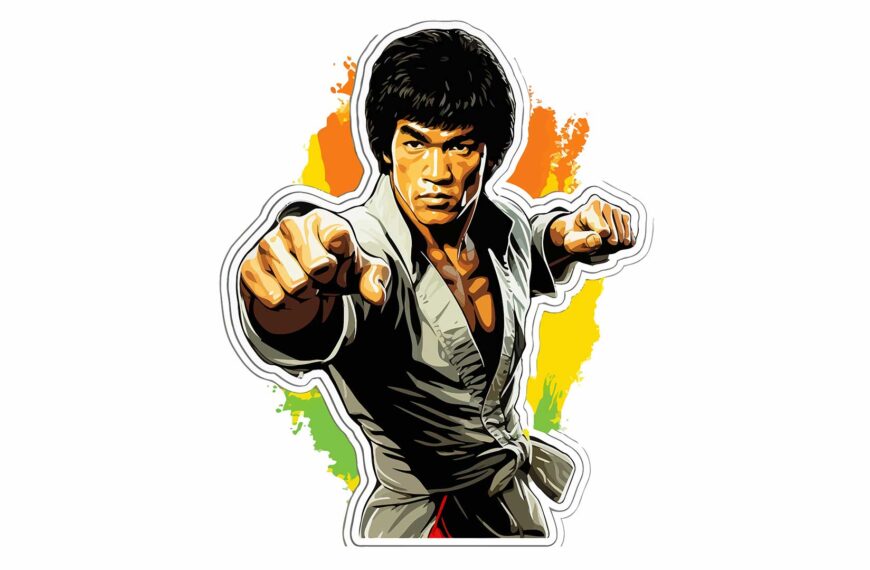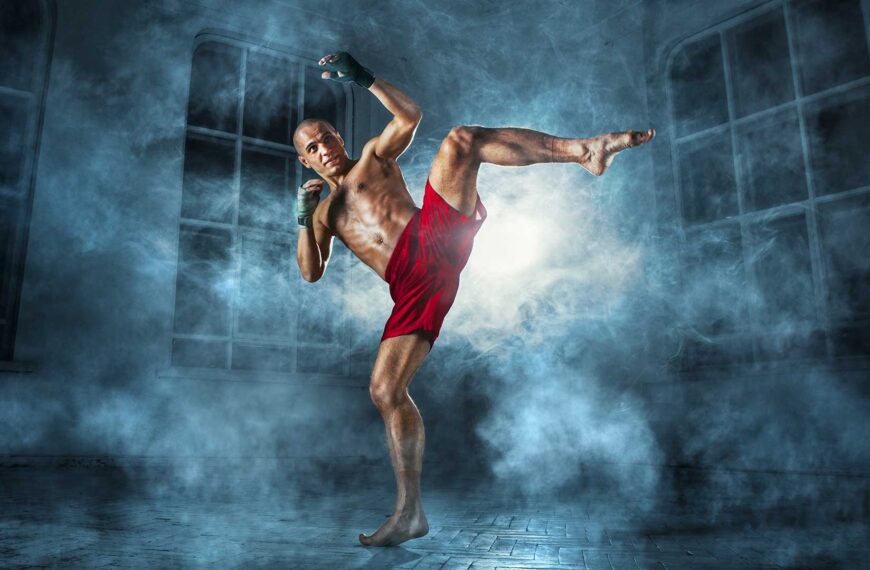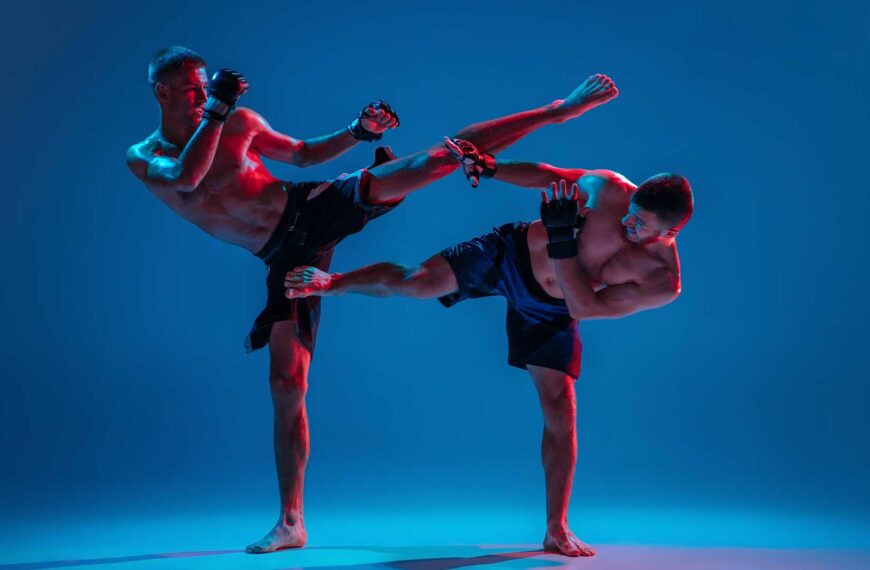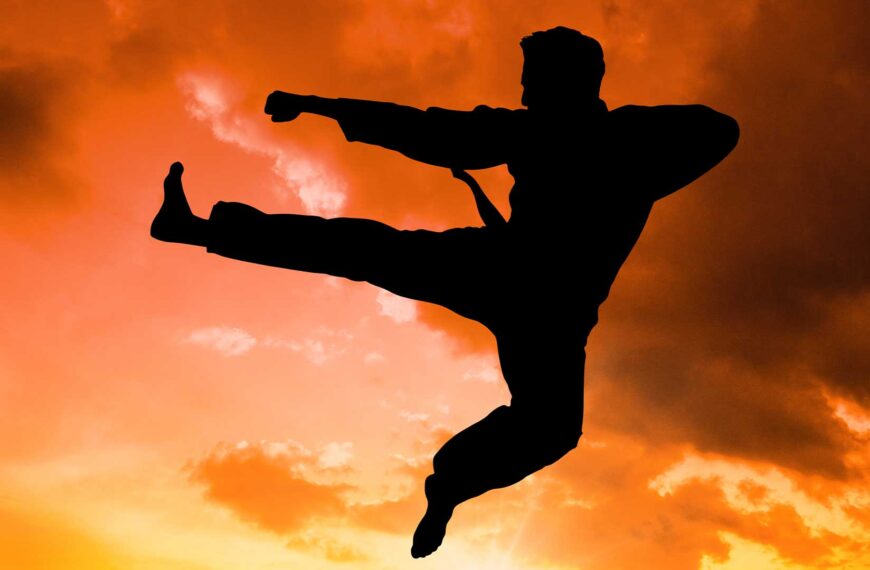What are Muay Thai fighters called?
- Muay Thai fighters are called “Nak Muay” or “Muay Thai Boxers.”
- They are skilled in using their fists, elbows, knees, and shins in combat.
- Muay Thai fighters can be categorized into different styles such as Muay Femur, Muay Khao, Muay Mat, Muay Tae, and Muay Bouk.
Muay Thai, also known as Thai boxing, is a combat sport that originated in Thailand and gained international popularity in the late 20th century. It is characterized by the use of fists, elbows, knees, and shins, earning it the nickname “Art of eight limbs.” Muay Thai has a rich history dating back to the 16th century and has evolved over time with the introduction of rules and protective gear. It is recognized by various international sports organizations and is known for its full-contact nature and various striking and clinching techniques. The sport has made strides towards being included in the Olympics and has cultural significance with traditional wear. However, there are concerns about child boxing, injuries, and gambling in the professional boxing scene. Conditioning is crucial in training, and professional boxers have relatively short careers due to the intense training and frequent fights.
The Art of Eight Limbs
Muay Thai is often referred to as the “Art of eight limbs” due to the utilization of fists, elbows, knees, and shins in its techniques. Unlike other combat sports that primarily focus on punches and kicks, Muay Thai fighters have a wide range of striking options available to them. This unique aspect of Muay Thai sets it apart from other martial arts and makes it a formidable fighting style.
In Muay Thai, fighters are trained to strike with their fists and elbows, using them as powerful weapons to deliver devastating blows to their opponents. The use of knees and shins adds another dimension to the striking game, allowing fighters to launch powerful knee strikes and inflict damage with their shins. This combination of striking techniques makes Muay Thai fighters versatile and dangerous in the ring.
It is important to note that the use of elbows, knees, and shins requires extensive training and conditioning to ensure the fighters can deliver these strikes effectively. Muay Thai fighters undergo rigorous training to develop the necessary skills and techniques to execute strikes with precision and power. This training includes practicing various striking combinations, working on footwork and balance, and developing speed and timing.
Styles of Muay Thai
Muay Thai encompasses a variety of fighting styles, each characterized by specific weapons or strategies used by the fighters. These styles have evolved over time, with fighters adapting and refining techniques to suit their individual strengths and preferences. Let’s explore some of the prominent styles in Muay Thai:
Muay Femur
A Muay Femur is a technical fighter who possesses a high fight IQ. They are well-versed in all the techniques and weapons of Muay Thai. Muay Femur fighters focus on precise strikes, utilizing their technical skills to outsmart their opponents. They are adept at maintaining distance, utilizing angles, and employing feints to create openings for their attacks.
Notable fighters in the Muay Femur style include Samart Payakaroon, one of the most revered Muay Thai fighters of all time. Samart’s exceptional technique and intelligence in the ring earned him multiple world championships in both Muay Thai and boxing.
Muay Khao
Muay Khao fighters, also known as knee fighters, excel in clinching and knee strikes. They are experts at closing the distance and engaging in close-quarters combat. Muay Khao fighters are relentless in their attacks, using their knees to devastating effect. They often wear down their opponents with powerful knee strikes to the body and head, aiming to secure a knockout victory.
One of the most renowned Muay Khao fighters is Dieselnoi Chor Thanasukarn, who dominated the Muay Thai scene in the 1980s. Dieselnoi’s aggressive clinching and knee strikes made him nearly unbeatable during his prime.
Muay Mat
Muay Mat fighters specialize in sweeps and throws, employing techniques borrowed from traditional wrestling. They use their opponents’ momentum and leverage to off-balance them and take them down to the canvas. Muay Mat fighters have excellent grappling skills and are proficient in executing sweeps and throws with precision.
An example of a notable Muay Mat fighter is Pud Pad Noy Worawoot. Pud Pad Noy was known for his exceptional timing and ability to execute sweeps and throws effortlessly.
Muay Tae
Muay Tae fighters are recognized for their powerful and devastating kicks. They prioritize developing strong legs and hips to generate maximum force in their kicks. Muay Tae fighters aim to damage their opponents with swift and forceful kicks to the legs, body, and head.
One of the most celebrated Muay Tae fighters is Buakaw Banchamek, who has achieved international fame for his explosive kicks and striking ability. Buakaw’s lightning-fast kicks have garnered him numerous championships and accolades.
Muay Bouk
Muay Bouk fighters are known for their aggressive and relentless fighting style. They continuously press forward, overwhelming their opponents with a high volume of strikes. Muay Bouk fighters focus on inflicting damage through a constant barrage of punches, kicks, elbows, and knees.
Saenchai, often regarded as one of the greatest Muay Thai fighters of all time, is a prime example of a Muay Bouk fighter. Saenchai’s relentless attacking style and exceptional technique have made him a legend in the sport.
Other Styles and Variations
Apart from the aforementioned styles, there are several other variations and combinations of techniques in Muay Thai. These styles may emphasize specific techniques or strategies, catering to the strengths and preferences of individual fighters. Some examples include Muay Sok, which combines boxing and knee strikes, and Muay Kiew, which focuses on countering and evasive techniques.
It is worth noting that fighters may incorporate elements from multiple styles, creating their unique fighting style and approach. The diversity of styles in Muay Thai contributes to the richness and complexity of the sport.
Muay Thai Fighters and Their Roles
In Muay Thai, fighters are commonly referred to as “Nak Muay,” which translates to “Muay Thai Boxer” in English. The term Nak Muay is used to describe both amateur and professional fighters who practice and compete in Muay Thai. These fighters dedicate themselves to the art and undergo rigorous training to develop their skills and techniques.
Nak Muay Farang is a term used in Thailand to refer to Western practitioners of Muay Thai. It translates to “foreign boxer” and is often used to distinguish Western fighters from their Thai counterparts. Western practitioners who train and compete in Thailand may be referred to as Nak Muay Farang.
Trainers and coaches play a crucial role in the development of Muay Thai fighters. They guide and mentor fighters, providing them with the necessary knowledge, techniques, and conditioning to excel in the sport. Trainers also assess fighters’ strengths and weaknesses, strategize fight plans, and provide valuable feedback and support.
Muay Thai Words and Phrases
To fully immerse oneself in the world of Muay Thai, it is helpful to understand common Muay Thai words and phrases. These terms not only provide insights into the sport but also reflect the traditions and culture surrounding Muay Thai.
Here are some common Muay Thai words and phrases, translated from Thai to English:
- Nak Muay: Thai Boxer, amateur or professional Muay Thai fighter.
- Nuk Soo: Warrior.
- Kai Muay: Muay Thai Gym.
- Sawa dee: Hello.
- Chok dee: Good luck in Thai.
These words and phrases are often used in training sessions, competitions, and everyday conversations among Muay Thai enthusiasts. They serve as a way to connect with the Thai origins of the sport and its cultural heritage.
If you’re interested in learning more about Muay Thai and its language, T.A.G. Muay Thai gym in Northern Virginia offers a free 30-day trial for authentic Muay Thai training. It’s a great opportunity to experience the art firsthand and immerse yourself in the world of Muay Thai.
Personal Story: The Unstoppable Fighter
When I first stepped into the world of Muay Thai, I was introduced to a whole new level of dedication and discipline. I had always been interested in combat sports, but Muay Thai offered something unique – an art form that utilized not just fists and feet, but also elbows and knees.
As I trained and immersed myself in the sport, I encountered fighters who embodied the true spirit of Muay Thai. One such fighter was John, a Muay Bouk fighter known for his aggressive and relentless style. John had an indomitable spirit and an unwavering determination to win. He would push himself to the limits during training, never giving up and always striving to improve.
I witnessed John in action during a tournament. His opponent was a formidable fighter, with a fierce reputation in the ring. But John’s resilience and skill were unmatched. He unleashed a barrage of powerful strikes, overwhelming his opponent with his relentless attacks. The crowd was in awe of his tenacity and skill, and he emerged victorious that night.
John’s story is just one example of the warriors that make up the world of Muay Thai. Each fighter has their own unique style and approach to the sport, whether it’s the technical prowess of a Muay Femur fighter or the clinching expertise of a Muay Khao fighter. These fighters dedicate their lives to honing their skills, pushing the boundaries of what they thought was possible.
Muay Thai fighters are more than just athletes – they are true warriors. Their discipline, resilience, and unwavering spirit make them an inspiration to all who witness their fights. They embody the art of eight limbs, using every part of their body to overcome their opponents and emerge victorious.
In my journey as a Muay Thai practitioner, I have learned that the true essence of Muay Thai lies not just in the physical techniques, but also in the mental strength and determination of the fighters. It is this combination of skill and spirit that sets Muay Thai fighters apart and makes them truly remarkable.
Benefits and Training in Muay Thai
Practicing Muay Thai offers a wide range of physical, mental, and emotional benefits. Let’s explore some of the significant advantages of training in Muay Thai:
- Calorie burning: Muay Thai training is a high-intensity workout that helps burn calories and improve overall fitness. The combination of cardio exercises, striking techniques, and conditioning drills contributes to weight loss and improved cardiovascular health.
- Self-defense skills: Muay Thai equips individuals with practical self-defense skills that can be used in real-life situations. The striking techniques and clinching maneuvers taught in Muay Thai training provide individuals with the ability to protect themselves effectively.
- Mental toughness: Muay Thai training requires discipline, perseverance, and mental fortitude. The physical and mental challenges faced during training help develop mental toughness and resilience.
- Self-confidence: As individuals progress in their Muay Thai training, they gain confidence in their abilities. The constant improvement and mastery of techniques boost self-esteem and self-confidence.
- Improved cardiovascular health: Muay Thai training involves intense cardio exercises that strengthen the heart and improve overall cardiovascular health. Regular training can lead to increased endurance and stamina.
- Improved focus and concentration: Muay Thai training demands focus and concentration. The need to execute techniques with precision and react to an opponent’s movements enhances mental focus and concentration.
In conclusion, Muay Thai is a dynamic and versatile combat sport with a rich history and a wide range of fighting styles. Fighters in Muay Thai are commonly referred to as


